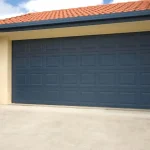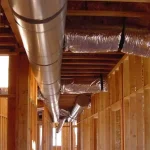Remodeling a shower stall with tile can completely transform the look and feel of your bathroom. Tiles are durable, water-resistant, and available in a wide variety of designs, making them an excellent choice for both functionality and style. A well-tiled shower stall not only enhances the aesthetic appeal of your space but also increases the overall value of your home.
In this guide, we’ll walk you through everything from planning and selecting the right tiles to detailed instructions for installation, ensuring your shower remodel is successful.
Whether you’re a beginner or an advanced DIYer, this comprehensive guide will equip you with the knowledge and tips to remodel your shower stall with confidence.
Planning Your Shower Remodel
Proper planning is the key to a successful shower remodel with tile. Before you begin, consider the layout, design, and materials needed for your project.
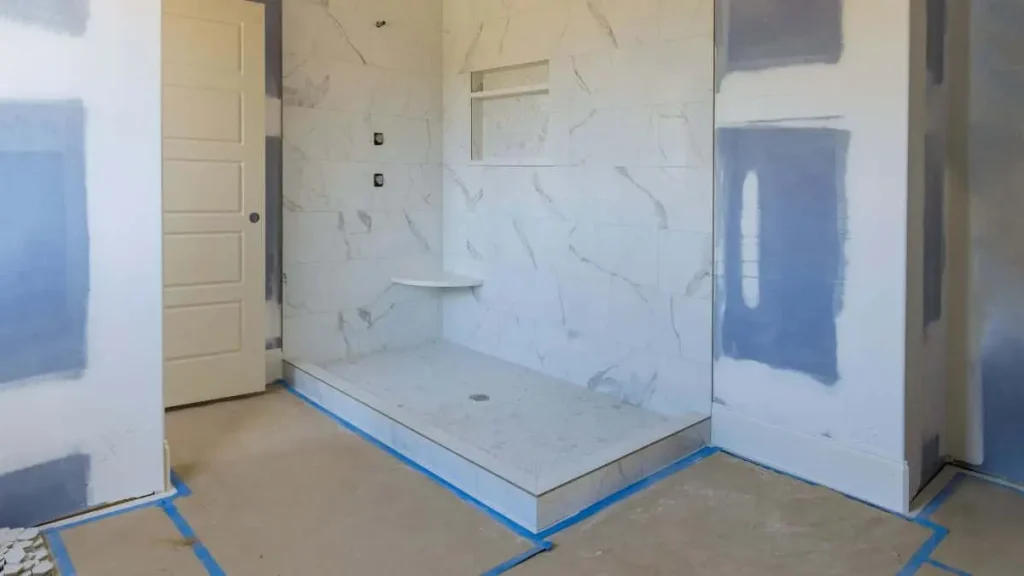
Assessing Your Current Shower Stall
The first step in your remodel is evaluating your existing shower stall. Check for any signs of damage such as mold, cracks, or water leaks that need to be addressed before tiling. If the stall’s underlying structure is compromised, this could lead to bigger problems down the road. Ensure that the walls and floors are in good condition or plan for repairs if necessary.
Design and Layout Considerations
What design will work best for your space? Consider the size and shape of your shower when planning the tile layout. Popular designs include:
- Horizontal and Vertical Layouts: Simple, classic designs that suit most bathrooms.
- Subway Tiles: A trendy option that gives a clean and modern look.
- Mosaic or Accent Tiles: These smaller tiles can add decorative elements or borders to your shower stall.
If your space is small, lighter tiles can create the illusion of more room, while bold patterns can add a touch of luxury to larger stalls.
Measuring Your Space
Accurate measurements are crucial for calculating how much tile you’ll need. Measure the height and width of each wall, and don’t forget to factor in the shower floor. To calculate the square footage, multiply the height by the width of each surface. Always buy 10-15% more tiles than calculated to account for cuts and mistakes.
Choosing Your Style
When it comes to tile style, the choices are nearly endless. Modern trends include large-format tiles that minimize grout lines, creating a seamless look. Natural stone tiles like marble and travertine offer a luxurious feel, while ceramic and porcelain provide durability and affordability. Consider how the tile will complement the rest of your bathroom’s design, from the color scheme to the texture of the materials.
Choosing Your Tile Layout
Once you have chosen your style, plan how the tiles will be laid out. Dry-fit the tiles before installing them to ensure that the layout works, especially around tricky areas like corners or fixtures. This will also give you a better idea of how the design will look once complete.
Choosing the Right Tile Materials
Selecting the right materials is essential for a durable and attractive shower remodel. Tiles must be water-resistant, easy to clean, and suitable for high-moisture environments. Let’s explore the various options.
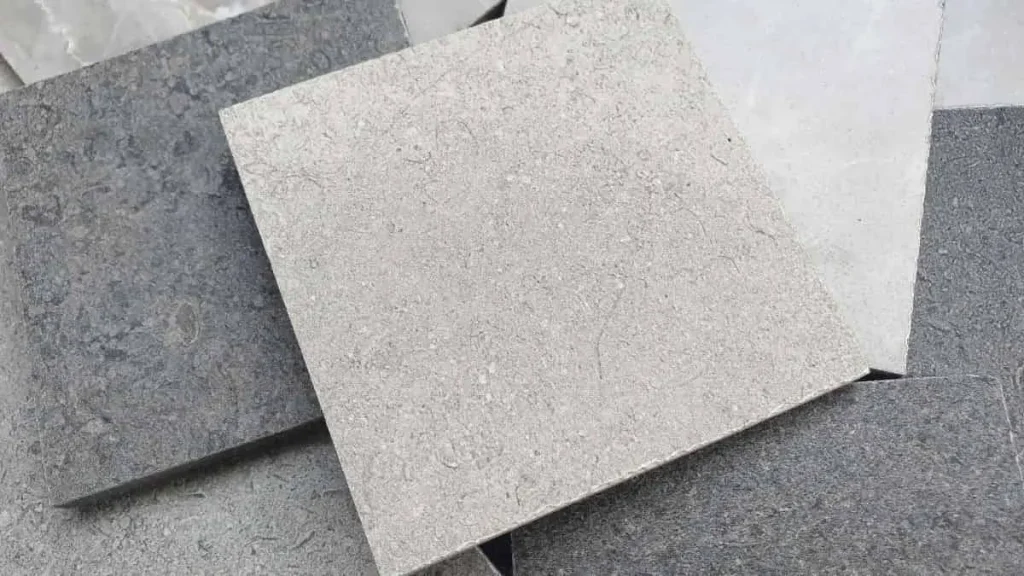
Types of Tiles for Shower Stalls
What types of tiles are best for shower stalls? Each tile material has its own set of advantages and considerations. Here are some popular options:
- Ceramic Tiles: These are a budget-friendly option and come in many colors and designs. Ceramic tiles are easy to clean and maintain but are slightly less durable than other materials.
- Porcelain Tiles: A popular choice for bathrooms due to their water resistance and durability. Porcelain tiles are harder and denser than ceramic, making them ideal for wet areas like showers.
- Natural Stone Tiles: Materials like marble, travertine, and slate provide a luxurious look but require regular sealing to protect against water damage. These tiles offer a timeless, elegant feel but may be more expensive and harder to maintain.
- Glass Tiles: Glass tiles create a sleek, modern look and reflect light beautifully, making your shower appear larger. However, they can be more challenging to install and are typically used for accent areas rather than full coverage.
Choosing Grout and Sealants
Grout and sealants are just as important as the tiles themselves. Grout helps fill the gaps between tiles and provides a waterproof barrier, while sealants protect the grout and tile surface from water penetration.
- Sanded vs. Unsanded Grout: Sanded grout is more durable and ideal for wider grout lines, while unsanded grout is smoother and works well with narrow lines (under 1/8 inch).
- Grout Color: Choose a color that complements your tiles. Light-colored grout can brighten the space but is harder to keep clean, whereas dark grout is more forgiving with stains but may shrink the look of the area.
- Waterproof Sealants: Always use a waterproof sealant on both tiles and grout to ensure long-term durability. For natural stone tiles, sealing is a must to prevent water damage and staining.
Slip Resistance and Safety
Safety is crucial when selecting tiles, especially for the shower floor. What are slip-resistant tiles? Look for tiles with a matte finish or textured surface to prevent slips. Many tile manufacturers rate their products for slip resistance, which you can verify by looking for a Coefficient of Friction (COF) rating. A higher COF rating indicates better slip resistance.
Sustainable Options
If you’re looking for eco-friendly materials, consider tiles made from recycled content or sustainably sourced materials. Porcelain and ceramic tiles can be made from up to 50% recycled materials, while some natural stone tiles are quarried using environmentally responsible methods. You may also find tiles certified by organizations like LEED (Leadership in Energy and Environmental Design) for their sustainable production.
Step-by-Step Instructions: Remodeling a Shower Stall With Tile
Remodeling a shower stall with tile requires a careful, step-by-step approach. In this section, we’ll break down each step, from preparing the surface to applying the final grout. Whether you’re a beginner or more experienced, following these instructions will help you achieve a professional finish.
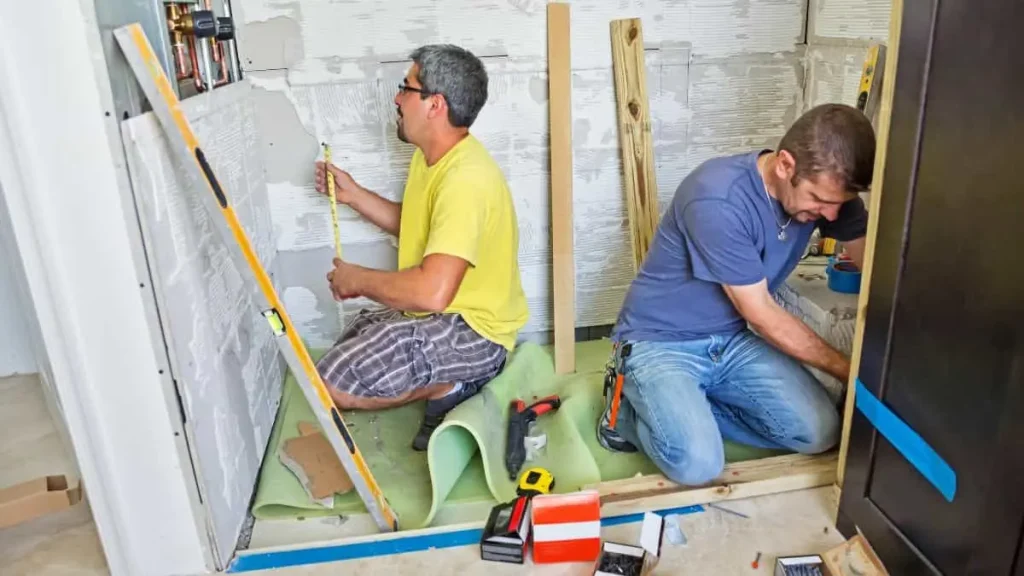
Step 1: Preparing the Surface
Why is surface preparation important? Proper preparation ensures that the tiles will adhere correctly and that the shower is watertight.
- Remove Existing Tiles or Materials: If you’re working with an existing shower stall, begin by removing any old tiles, fixtures, and caulk. Use a utility knife to cut through caulk lines and a chisel or hammer to remove the tiles carefully.
- Check for Damage: Inspect the walls and floor for any water damage, mold, or mildew. Replace any damaged drywall or backer board with moisture-resistant cement board.
- Install Backer Board: Cement or foam backer board is essential for providing a stable, waterproof base for tiling. Cut the backer board to fit the walls and secure it using screws. Make sure the seams between the boards are sealed with waterproofing tape.
- Apply Waterproofing: Apply a liquid waterproofing membrane or waterproofing sheet over the backer board. This step is critical to prevent water from seeping behind the tiles and causing long-term damage. Ensure that all corners, seams, and edges are thoroughly covered.
Step 2: Planning the Tile Layout
Before you start tiling, it’s important to plan the layout. A well-planned layout ensures that your tiles are aligned properly and that the cuts are minimal.
- Dry-Fit the Tiles: Lay out the tiles on the floor to get a sense of how they will look on the walls. This allows you to adjust the layout if necessary, especially around corners or fixtures.
- Start with a Reference Line: Use a level to draw a reference line at the bottom of the shower wall, where the first row of tiles will be placed. This line will help keep your tiles level as you work your way up the wall.
- Plan for Tile Cuts: Measure any areas where you’ll need to cut tiles, such as corners, around fixtures, or along the edges. Using a tile cutter or wet saw, cut the tiles to fit these areas. Ensure your cuts are precise for a clean, professional look.
Step 3: Applying Thin-Set Mortar
Once the layout is planned, you can begin installing the tiles. Thin-set mortar is used to bond the tiles to the backer board.
- Mix the Thin-Set: Follow the manufacturer’s instructions for mixing the thin-set mortar. It should have a smooth, peanut butter-like consistency for proper adhesion.
- Apply the Thin-Set: Using a notched trowel, spread a layer of thin-set onto the backer board. Hold the trowel at a 45-degree angle to create grooves in the mortar, which helps the tiles adhere.
- Press the Tiles Into Place: Starting from the bottom reference line, press the tiles into the thin-set, using tile spacers to maintain even grout lines. Ensure each tile is level and evenly spaced. Work in small sections to prevent the mortar from drying out before the tiles are placed.
- Check for Alignment: After each row of tiles, use a level to check that everything is aligned properly. Make any necessary adjustments before the thin-set hardens.
Step 4: Cutting and Installing Special Pieces
How do you handle difficult areas like corners and around fixtures? Properly cutting and fitting tiles in these areas is essential for a seamless look.
- Cutting Corner Tiles: Measure the space for corner tiles carefully, and use a wet saw or tile nippers to trim the tiles to fit. Ensure that the edges meet cleanly in the corner for a professional finish.
- Cutting Around Fixtures: For plumbing fixtures like showerheads or faucets, use a hole saw to drill through the tiles. Mark the location of the hole, then drill slowly to avoid cracking the tile.
- Install Edge Trim: If your design includes edge trim tiles, install them along the borders of the shower stall to create a clean, finished edge.
Step 5: Grouting the Tiles
After the tiles are installed and the thin-set has dried (usually 24 hours), the next step is applying grout. Grout fills the spaces between tiles, providing both aesthetic and functional benefits.
- Mix the Grout: Following the manufacturer’s instructions, mix the grout to a smooth consistency. Make sure the grout matches the tile joints (sanded for larger gaps, unsanded for smaller ones).
- Apply the Grout: Using a rubber float, spread the grout over the tiles at a 45-degree angle, pressing it into the gaps between the tiles. Work in small sections to ensure that the grout is evenly distributed.
- Wipe Off Excess Grout: After 10-15 minutes, use a damp sponge to wipe away excess grout from the surface of the tiles. Be careful not to remove grout from the joints.
- Allow Grout to Cure: Let the grout cure according to the manufacturer’s instructions, usually 24-48 hours. During this time, avoid using the shower to prevent any water from affecting the grout.
Step 6: Sealing the Grout and Tiles
Why is sealing important? Sealing your grout and tiles helps prevent water and stains from penetrating the surface.
- Choose the Right Sealant: For natural stone tiles, choose a penetrating sealer to protect against moisture. For ceramic or porcelain tiles, sealing the grout is sufficient.
- Apply the Sealant: After the grout has fully cured, apply the sealant using a small brush or roller. Ensure that all grout lines are thoroughly covered to provide complete protection against water damage.
Step 7: Reinstall Fixtures and Finishing Touches
Once the tiles are installed, grouted, and sealed, the final step is to reinstall your shower fixtures and add finishing touches.
- Install Plumbing Fixtures: Carefully reinstall the showerhead, faucet, and any other fixtures. Use silicone caulk around the fixtures to ensure a watertight seal.
- Caulk the Edges: Apply silicone caulk along the edges where the tile meets the shower pan, walls, or ceiling. This helps prevent water from seeping into gaps and ensures a clean, finished appearance.
- Clean the Tiles: Use a damp cloth to wipe down the entire shower stall and remove any remaining dust or debris from the grouting process.
Cost Considerations
When remodeling a shower stall with tile, it’s important to have a clear understanding of the potential costs involved. The total cost of your project will depend on several factors, including the size of your shower, the types of materials you choose, and whether you plan to hire professionals or tackle the job yourself.
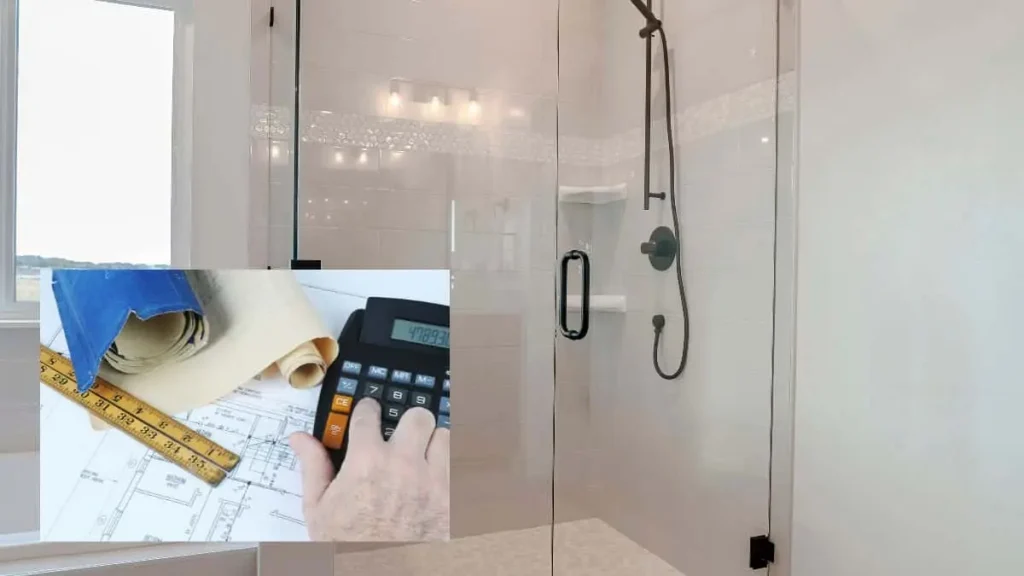
What is the Average Cost of a Shower Remodel?
The cost of remodeling a shower stall with tile typically ranges from $1,000 to $5,000, depending on the scope of the project. Here’s a breakdown of key factors:
- DIY Project: If you’re doing the work yourself, you can expect to spend between $1,000 and $2,500. This estimate includes tools, materials, and supplies but does not factor in the cost of your time.
- Hiring a Professional: For those opting to hire a contractor, the average cost rises to between $3,000 and $5,000, including labor. Labor typically accounts for 50% or more of the total cost.
- Luxury Remodel: For high-end materials like natural stone tiles, custom fixtures, or advanced waterproofing systems, costs can exceed $10,000.
Breakdown of Material Costs
The cost of materials will vary depending on the type of tile and other components you choose. Here’s a general breakdown of the main material costs:
| Material | Estimated Cost (per sq. ft.) | Additional Notes |
| Ceramic Tile | $1 – $5 | Affordable and available in a wide range of styles |
| Porcelain Tile | $3 – $10 | More durable and water-resistant than ceramic |
| Natural Stone Tile | $5 – $15 | Adds a luxury finish, but requires sealing |
| Mosaic Tile | $5 – $20 | Best for decorative accents, tends to be more expensive |
| Thin-Set Mortar | $30 – $50 (per bag) | A bag covers 80-100 sq. ft. |
| Grout (Sanded/Unsanded) | $15 – $25 (per bag) | A bag covers approximately 200 sq. ft. of tile joints |
| Waterproofing Membrane | $1 – $3 (per sq. ft.) | Essential to protect walls from water damage |
| Tile Backer Board | $10 – $15 (per 3’x5’ sheet) | Provides a stable, waterproof base for tile installation |
| Sealant | $10 – $30 (per quart) | Necessary for sealing grout and natural stone tiles |
| Caulk | $5 – $10 (per tube) | Needed for sealing around edges and fixtures |
Labor Costs vs. DIY Savings
Should you hire a professional or tackle the project yourself? This decision can significantly impact your budget.
- Labor Costs: Hiring a professional tiler typically costs between $40 and $100 per hour. For a shower remodel, expect labor costs to range from $1,000 to $2,500, depending on the size and complexity of the project.
- DIY Savings: By doing the work yourself, you can save a considerable amount of money. The primary costs you’ll avoid are labor fees. However, it’s important to weigh these savings against the time, effort, and potential risk of mistakes, which could lead to additional costs down the road.
Recommended: The Ultimate Guide to Bathroom Remodeling Costs
Additional Costs to Consider
In addition to the main material and labor expenses, there are a few other costs that may arise during your shower remodel:
Demolition and Disposal: If you’re removing an old shower, you’ll need to budget for demolition and the disposal of old tiles, fixtures, and materials. This could cost between $200 and $500, depending on the extent of the demo.
Plumbing Modifications: If you’re relocating shower fixtures or updating old plumbing, expect to pay $300 to $1,000 or more for professional plumbing services.
Permits: Depending on your location and the scope of the remodel, you may need to obtain permits for the project. Permit costs typically range from $100 to $500.
Budgeting for Unexpected Expenses
Remodeling projects often come with unexpected surprises. Setting aside 10-15% of your budget for unforeseen expenses is a good rule of thumb. This could include discovering hidden water damage, needing to replace plumbing, or realizing that additional materials are required.
Cost-Saving Tips
While remodeling a shower stall can be expensive, there are ways to cut costs without sacrificing quality:
- Opt for Ceramic Tiles: Ceramic tiles are generally more affordable than porcelain or natural stone, and they come in a wide variety of designs. This can reduce material costs significantly.
- Mix and Match Materials: Consider using higher-end materials like mosaic tiles as an accent, while using more affordable tiles for the bulk of the shower. This adds a luxurious touch without breaking the bank.
- DIY Portions of the Project: Even if you’re hiring a professional, there may be some tasks you can handle yourself, like demolition or tiling a simple section of the shower. This can save on labor costs.
- Buy in Bulk: If you’re tiling multiple areas (such as the bathroom floor or backsplash), buying tiles and materials in bulk can lead to discounts.
Common Mistakes to Avoid
Remodeling a shower stall with tile is a rewarding project, but there are several common mistakes that can compromise the quality and longevity of your remodel. Avoiding these pitfalls will ensure a smoother process and a more professional finish.
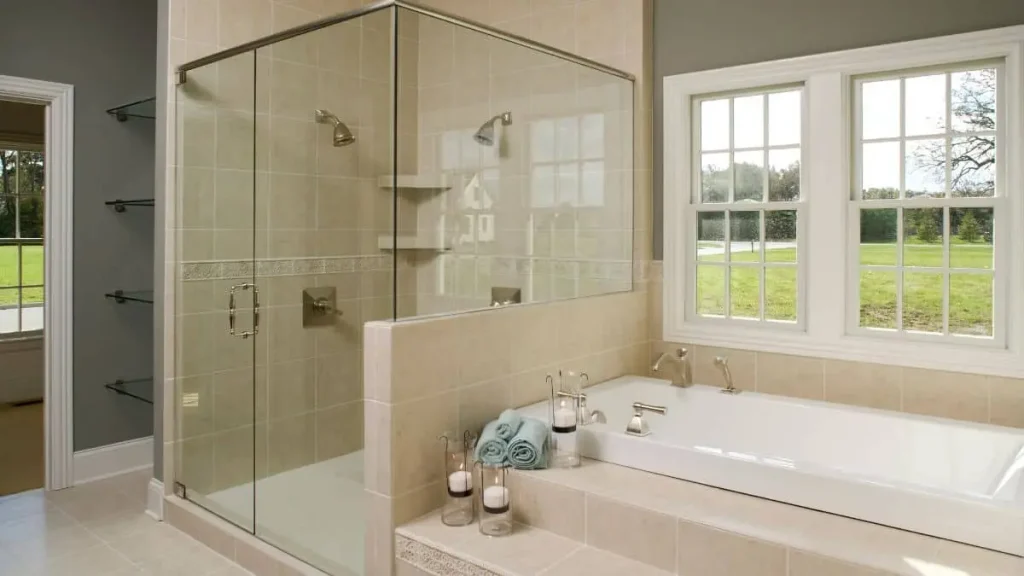
Skipping Waterproofing
Why is waterproofing important? One of the biggest mistakes people make is neglecting proper waterproofing. Without it, water can seep behind the tiles, leading to mold, mildew, and structural damage.
Solution: Always apply a waterproofing membrane or barrier to the walls and floors before installing tile. This is a crucial step that protects your shower from long-term water damage.
Incorrect Tile Layout
A poorly planned tile layout can result in awkward cuts, uneven grout lines, and an unprofessional appearance.
Solution: Take the time to dry-fit the tiles and plan your layout before applying thin-set. Use a reference line to ensure that the first row of tiles is perfectly level, which will help the rest of the tiles stay aligned.
Using the Wrong Type of Tile
Not all tiles are suitable for use in a shower. Using porous or slippery tiles can result in safety hazards and water damage.
Solution: Choose tiles that are rated for wet areas, such as porcelain or ceramic tiles. For the shower floor, opt for slip-resistant tiles with a textured surface to prevent accidents.
Applying Too Much or Too Little Thin-Set
Applying too much thin-set can cause tiles to shift and result in uneven surfaces. On the other hand, using too little thin-set can lead to poor adhesion and tiles falling off.
Solution: Follow manufacturer guidelines for mixing and applying thin-set. Use a notched trowel to create uniform ridges that provide proper adhesion without excess mortar oozing through grout lines.
Rushing the Grouting Process
Grouting too soon after setting the tiles, or rushing through the process, can lead to weak grout lines or uneven finishes.
Solution: Wait at least 24 hours for the thin-set to cure before grouting. Take your time when applying grout, ensuring even distribution and proper filling of gaps.
Not Sealing Grout
Grout is porous and can easily absorb water, dirt, and stains if it’s not sealed properly. Unsealed grout can lead to discoloration and mold growth over time.
Solution: After the grout has cured, apply a quality grout sealer to protect it from moisture and staining. Reapply the sealer annually to maintain protection.
Ignoring the Shower Floor Slope
Why is slope important? The shower floor must have the correct slope toward the drain to prevent water from pooling.
Solution: Ensure that the shower pan or base is properly sloped before installing tiles. If using a pre-formed shower pan, double-check the slope to avoid drainage issues.
Finishing Touches for a Polished Look
After all the hard work of tiling and grouting, it’s the finishing touches that truly give your shower a polished, professional look. These final details not only enhance the aesthetic appeal but also contribute to the overall functionality and durability of your shower.
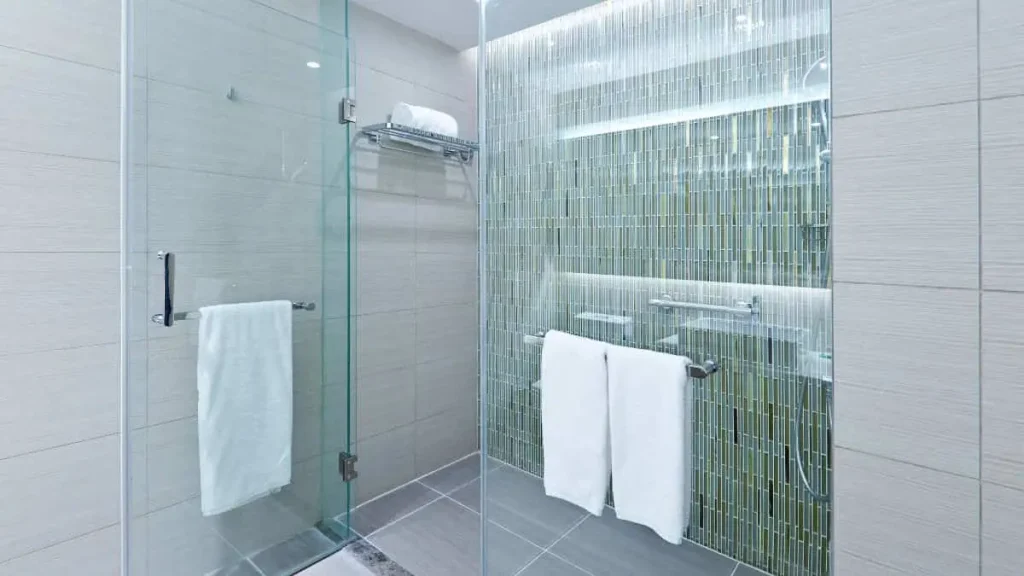
Caulking for a Seamless Finish
Caulking is essential for sealing the joints where tile meets the shower pan, walls, or fixtures. Without proper caulking, water can seep into gaps and cause damage.
Use Silicone Caulk: Silicone caulk is waterproof and flexible, making it ideal for sealing showers. Apply it along the edges where tiles meet the floor, walls, and around fixtures.
Smooth the Caulk Lines: After applying caulk, use a damp finger or a caulking tool to smooth the lines for a neat, seamless finish. Wipe away any excess caulk with a damp cloth.
Reinstalling Fixtures and Accessories
Once the tiles are sealed and the caulk has dried, it’s time to reinstall the shower fixtures and accessories. This includes the showerhead, faucet, handles, and any shelving or towel bars.
Upgrade Your Fixtures: Consider upgrading to modern, water-efficient fixtures for a sleek look and improved functionality. Brushed nickel or matte black finishes are popular for a contemporary style.
Add Built-in Shelves or Niches: If your design includes built-in shelving or a niche, ensure they are securely installed and properly caulked to prevent water intrusion. These features not only add convenience but also contribute to the overall aesthetic.
Sealing the Tiles
Tile sealing is particularly important if you’ve used natural stone tiles, as they are porous and prone to staining. Sealing helps protect both the tiles and grout from moisture, stains, and mildew.
Apply the Sealant: Use a penetrating sealer specifically designed for the type of tile you’ve installed. Apply the sealer with a sponge or cloth, ensuring even coverage across the entire tiled surface.
Reapply as Needed: Some tiles and grout may need to be resealed every 1 to 2 years, depending on the level of use. Keep an eye on water absorption and reapply sealant when necessary.
Final Cleaning and Polishing
After the remodel is complete, a thorough cleaning will help bring out the shine in your new tiles. This is also an opportunity to inspect the entire shower for any remaining grout residue or caulk smudges.
Use a Mild Cleaner: Avoid harsh chemicals that could damage the grout or tile. Use a mild, non-abrasive cleaner to wipe down the entire shower stall.
Polish the Fixtures: Buff the showerhead, faucet, and other metal fixtures with a soft cloth to remove water spots and fingerprints. This adds the final touch of elegance to your newly remodeled shower.
Adding Stylish Accessories
To complete your shower remodel, consider adding a few accessories that enhance both style and functionality.
Shower Curtain or Glass Door: If your shower includes a curtain, choose one that complements the tile and overall bathroom design. For a more modern, open look, install a frameless glass shower door.
Towel Bars and Hooks: Install towel bars or hooks near the shower for convenience. Choose finishes that match your fixtures for a cohesive look.
Bath Mats and Towels: Soft, plush bath mats and towels in complementary colors add comfort and style to your bathroom. Opt for materials that dry quickly to prevent mold and mildew.
Advanced Tips for Pros
For experienced DIYers and professionals, taking your shower remodel to the next level requires careful attention to detail and advanced techniques. These tips will help elevate the quality and durability of your project, ensuring a result that rivals professional installations.
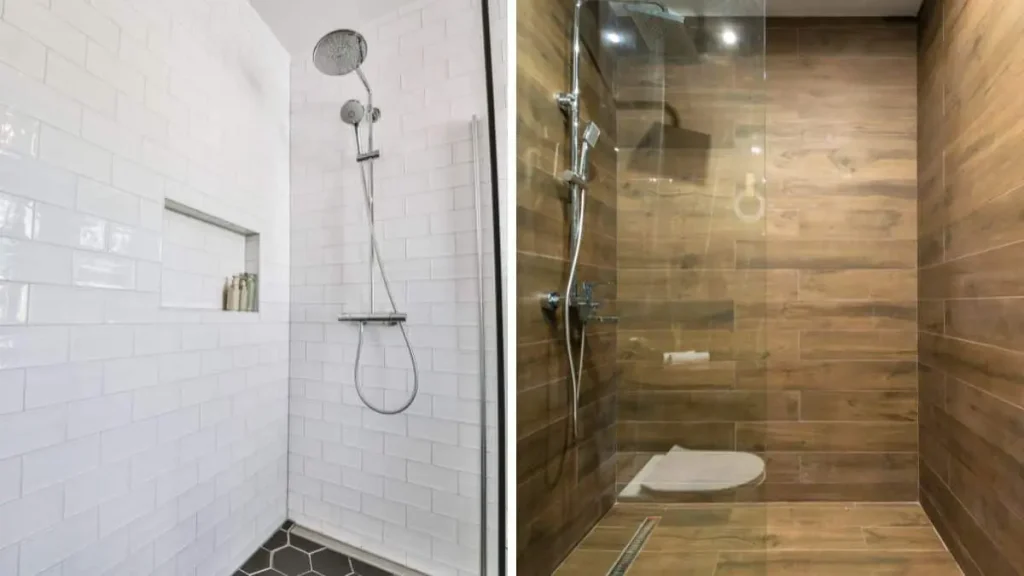
Incorporating Heated Floors
Adding heated floors to your shower stall can enhance comfort, especially in colder climates. Radiant floor heating systems are installed under the tile and help keep the shower floor warm.
Electric vs. Hydronic Systems: Most radiant floor heating systems used in showers are electric, as they are easier to install. Hydronic systems, which use water, are more complex but can be more energy-efficient in large areas.
Installation Tips: When installing radiant heating in a shower, ensure that the system is properly waterproofed and compatible with the type of tiles you’re using. It’s crucial to follow manufacturer guidelines to avoid any electrical hazards.
Custom Drain Placement
For advanced remodels, customizing your drain placement can enhance both function and design. Linear drains, for example, offer a sleek and modern look, while also improving water drainage.
Linear Drains: A linear drain can be placed along one edge of the shower floor, making it easier to create a uniform slope. This type of drain works well with large-format tiles, minimizing the number of cuts you need to make.
Tile-Insert Drains: Tile-insert drains allow you to install a drain that is nearly invisible, as the tile continues over the drain for a seamless appearance. This provides a modern, minimalist aesthetic.
Creating a Curbless Shower
Curbless or barrier-free showers offer a sleek, modern look and are highly functional for accessibility. They require careful planning to ensure proper drainage and waterproofing.
Sufficient Slope: A curbless shower must have a sufficient slope toward the drain to prevent water from escaping into the bathroom. Ensure a minimum slope of ¼ inch per foot toward the drain to direct water flow effectively.
Waterproofing: Pay extra attention to waterproofing in curbless showers. Waterproof membranes should extend beyond the shower area to protect the rest of the bathroom from moisture.
Installing Custom Niches and Benches
For a high-end look, consider adding custom niches and built-in benches to your shower. These elements not only enhance functionality but also create a luxurious, spa-like feel.
Shower Niches: Niches can be custom-sized to fit your shampoo bottles, soap, and other toiletries. Plan the placement of your niche to align with your tile layout, ensuring it blends seamlessly with the overall design.
Built-In Benches: A built-in bench adds comfort and style to your shower. Make sure it is waterproofed properly and sloped slightly to allow water to run off. Benches can be tiled to match the walls for a cohesive look.
Using Epoxy Grout
For added durability and low maintenance, epoxy grout is a smart choice for shower tile installations. Unlike cement-based grout, epoxy is highly resistant to water, stains, and mildew.
Advantages of Epoxy Grout: Epoxy grout does not require sealing and is extremely durable. It is ideal for high-moisture environments like showers.
Installation Challenges: Epoxy grout can be more difficult to work with than traditional grout. It sets faster, so you’ll need to work in small sections and clean up excess grout quickly. If you’re not experienced with epoxy, it might be best to consult a professional.
FAQs
These answers aim to provide clarity and assist both beginners and experienced remodelers.
What Type of Tile is Best for a Shower Stall?
The best types of tile for a shower stall are porcelain and ceramic tiles. These materials are non-porous, water-resistant, and durable, making them ideal for wet environments. Natural stone tiles, such as marble or granite, can also be used but require additional maintenance and sealing.
How Long Does It Take to Remodel a Shower Stall?
The timeline for remodeling a shower stall varies based on the project’s complexity. On average, a shower remodel can take anywhere from 3 to 7 days. This includes demolition, installation, grouting, and drying time. Factors such as the size of the shower, choice of materials, and whether you hire professionals can affect the duration.
Can I Tile Over Existing Tiles in a Shower?
Yes, you can tile over existing tiles in a shower, but it is essential to ensure that the existing tiles are in good condition. The surface should be clean, free from mold, and securely adhered. Use a suitable thin-set adhesive designed for bonding to tile, and consider adding a backer board for extra stability.
Is It Necessary to Use a Shower Pan?
Yes, using a shower pan is recommended, as it helps direct water toward the drain and prevents leaks. A shower pan provides a waterproof barrier, protecting the subfloor and walls from moisture damage. If installing a tiled shower floor, ensure proper sloping to the drain for effective drainage.
What Should I Do If My Shower Starts to Leak?
If your shower starts to leak, immediately check for visible signs of water damage around the shower stall, including wall damage and floor pooling. Inspect the caulking and grout for cracks and reseal as necessary. If the leak persists, it may be necessary to remove tiles or consult a professional plumber to address plumbing issues.
Conclusion
Remodeling your shower stall with tile is a transformative project that enhances both the aesthetics and functionality of your bathroom. Whether you’re opting for a basic remodel or taking on advanced techniques for a more luxurious result, careful planning and attention to detail are essential.
By choosing the right materials, avoiding common mistakes, and incorporating advanced features like custom niches and curbless designs, you can create a shower that not only meets your needs but also provides a relaxing, spa-like experience.


